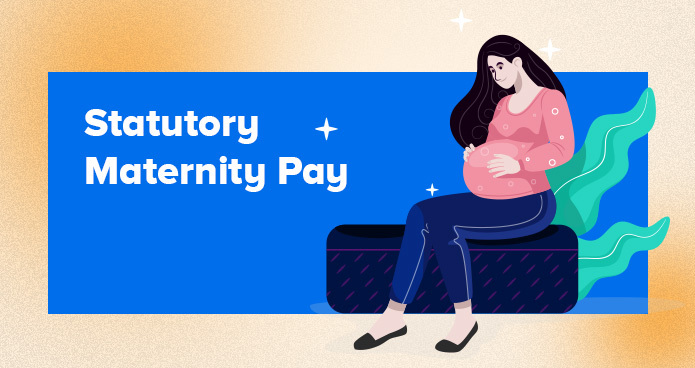Statutory Maternity Pay (SMP) is a statutory payment made to employees by their employers, to enable them to take time off work before and after the birth of their baby. It is paid for up to 39 weeks at a rate of 90% of the employee’s average weekly earnings, subject to a statutory minimum and maximum amount.
Employees who qualify for statutory maternity pay are entitled to receive it regardless of how long they have worked for their employer. It is paid in the same way as other wages, such as monthly or through salary payments. It can be paid earlier or later than the statutory minimum payment period of 39 weeks but must not be paid later than the statutory maximum payment period of 52 weeks.
How much is Statutory Maternity Pay?
Statutory Maternity Pay is paid at the rate of 90% of the employee’s average weekly earnings for the first 6 weeks and for the rest of the 33 weeks it is either £156.66 or 90% of your weekly salary BEFORE tax.
Employees who qualify for statutory maternity pay should be aware that some employers may choose to pay more than the statutory minimum shown above.
When does Statutory Maternity Pay Start?
Statutory Maternity Pay can start any time from 11 weeks before the expected week of childbirth and must end no later than the end of the statutory payment period, which is either 39 or 52 weeks. The statutory payment period depends on whether the employee has opted for reduced working hours during their statutory maternity leave.
What is the difference between Statutory Maternity Leave and SMP?
Statutory Maternity Leave (SML) is the period that employees are legally entitled to take off work when they have a baby. Statutory maternity leave can last for up to 52 weeks, with statutory maternity pay being paid for 39 weeks of this period.
It is important to note that statutory maternity pay is not the same as statutory maternity leave, as statutory maternity pay is a statutory payment made by employers to employees who are taking statutory maternity leave.
How do I claim Statutory Maternity Pay?
Employees claiming statutory maternity pay should contact their employer to obtain the forms they need to fill in and submit. The employee will usually need to provide proof of their pregnancy, such as a doctor’s certificate or a copy of their maternity ultrasound.
The statutory maternity pay claim must be made no later than 6 weeks after the start date of statutory maternity leave and should include details of the employee’s average earnings over the 8 weeks prior to statutory maternity leave starting.
Employees should also be aware that statutory maternity pay is taxable and will be subject to national insurance contributions. For more information about national insurance contributions please read our full guide to NIC here You can also download our content.
Maternity Pay Calculator
| First 6 weeks | 90% of your average weekly salary or wage |
| Next 33 weeks | Either £156.66 or 90% of your average salary or wage |
| The last 13 weeks | Unpaid |
It is important for employees to remember that statutory maternity pay does not cover any additional benefits, such as company pension contributions or private health care.
Employees should also be aware that statutory maternity pay will stop if they return to work before their statutory maternity leave period ends unless they have made a special arrangement with their employer.
Conclusion
The key away is that all your pregnant employees are entitled to have statutory maternity pay AND it is different than statutory maternity leave.
In conclusion, statutory maternity pay provides financial assistance to pregnant employees and enables them to take time off work before and after the birth of their baby. However, it is important for employers and employees alike to be aware of the statutory rules governing statutory maternity pay and the limitations of statutory maternity leave.













